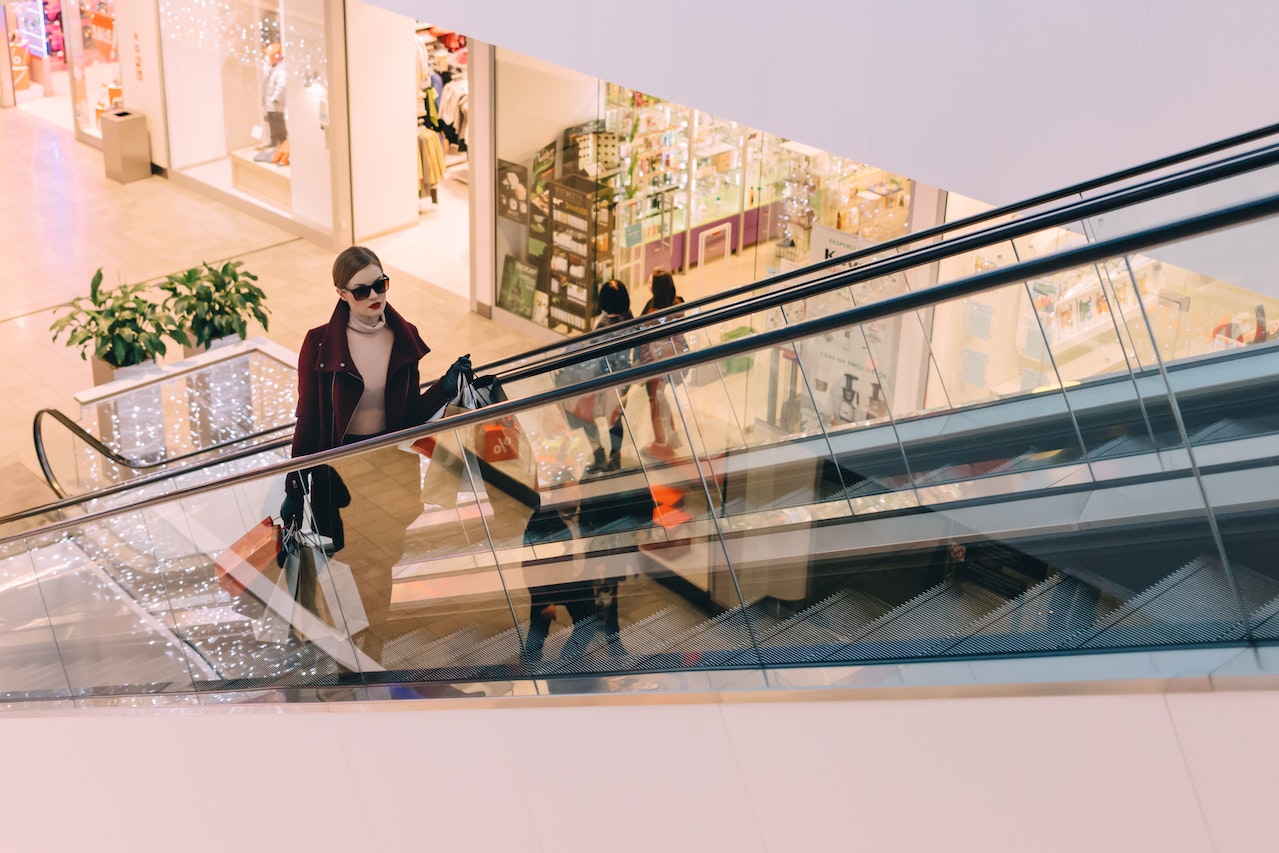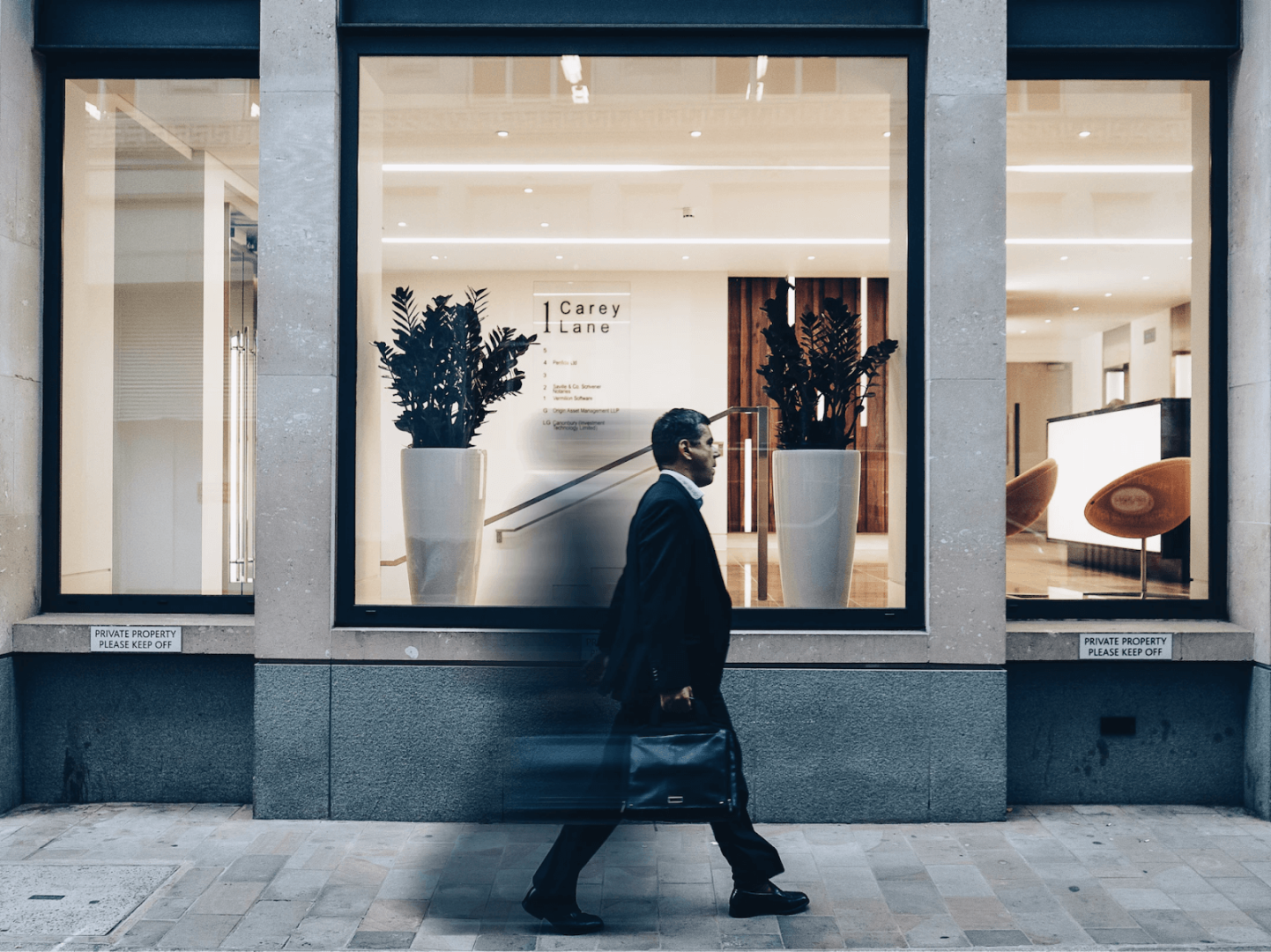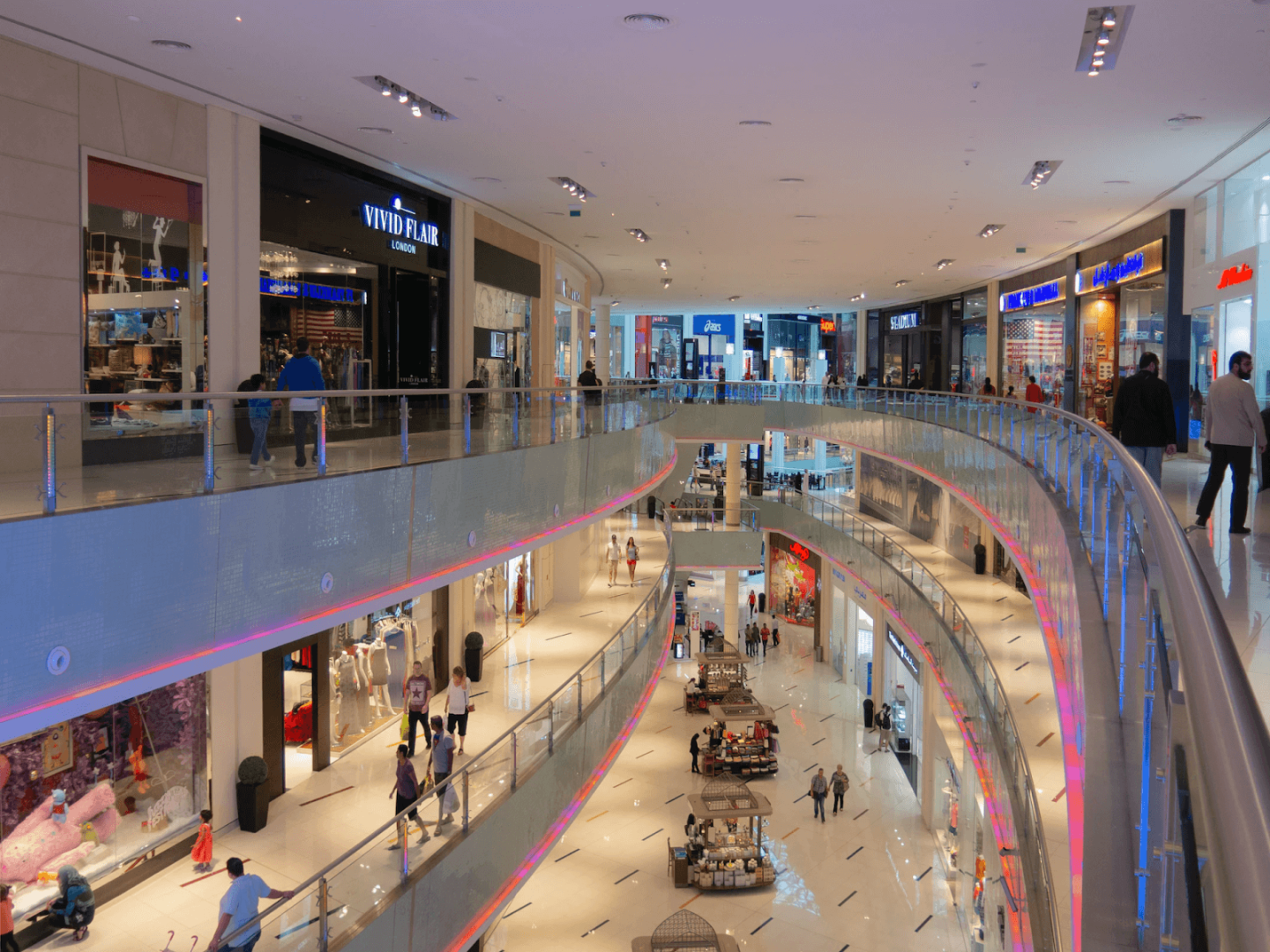Comments
- No comments found

In the age of digital technology, physical retail has been facing challenges, with mall traffic dropping and businesses closing down at an alarming rate.
To reverse this trend, it’s essential to understand what drives customers to the store and how you can make it even better than their expectations. We will explore new technologies that will revolutionize the retail experience and bring customers back into physical stores. It’s time to create a meaningful customer experience.

The retail sector has declined for some time now, and the COVID-19 pandemic has only accelerated the trend. With brick-and-mortar stores being increasingly unable to remain profitable, and Amazon taking up an ever-larger share of the market, it’s clear that the retail sector is facing a major challenge.
For those looking to stay competitive, this means they need to find innovative solutions to the problem of declining profitability and competition. The solution lies in creating meaningful customer experiences, both in-store and online, that can help draw shoppers back in and make them more likely to spend money.
However, many traditional retailers lack the resources to create these experiences on their own. Instead, they must look to other solutions and other technologies that can help them stand out from the competition and bring customers back into their stores.
The retail sector is in a challenging period, but with creativity and the right strategies, it is possible to survive and even thrive in this new era of retail.
The retail sector has been drastically changed by the influx of online shopping. With so many online stores offering products from around the globe, it can be difficult for traditional brick-and-mortar stores to compete. As a result, shoppers have been left feeling disconnected from their local stores and malls, missing out on the unique customer experience that comes with visiting them.
As a result, the shopping community has suffered dramatically. Shoppers don’t find it exciting anymore to visit their local shopping mall, as they already know they will find the same stores and brands in most shopping malls. With limited choices available, it makes sense for customers to look for digital alternatives.
To bring customers back into stores and tackle this issue, retailers need to create meaningful customer experiences. Overall, creating a memorable customer experience is key for traditional stores to stay relevant and compete against online shopping. By offering unique experiences, and engaging customers, brick-and-mortar stores can revitalize the retail sector and ensure their place in the future of shopping.

The retail industry is in a state of flux as customers move away from traditional brick-and-mortar stores and embrace digital technology. To remain competitive, the industry must pivot to meet customer needs and create an engaging shopping experience. This is why building the Retail Community 2.0 is so important.
At its core, Retail Community 2.0 is all about creating a meaningful experience for customers. For instance, stores can support independent brands that are creating unique and innovative products. They can also extend their opening hours and offer other services like click-and-collect options to make it more convenient for customers to shop.
These measures are essential for providing customers with a convenient and enjoyable shopping experience. But the real key to success lies in understanding customers’ needs and addressing them effectively.
By creating a meaningful experience, retailers can bring people back into their stores and make sure they’re getting the best out of their shopping experience. By supporting independent brands and extending opening hours, retailers will be able to meet customer needs and build loyalty in the long run. Building the Retail Community 2.0 is the first step in revolutionizing the retail industry.
Experiential marketing is a strategy that focuses on creating memorable experiences for customers through interactive activities. This type of marketing has been gaining momentum in recent years as more businesses recognize the value of fostering an emotional connection with their customers. Experiential marketing can be used in many ways, from engaging customers through educational workshops to creating interactive events that bring customers into the store.
The retail industry has seen a shift in recent years as more people turn to digital technology for their shopping needs. Through engaging activities, businesses can create unique experiences that customers can’t find online.
Retail businesses can create interactive activities that encourage customers to engage with the brand. This could include a hands-on workshop or an interactive game that rewards participation. In the hands of a professional brand experience agency, these activities can provide customers with a more immersive experience and can lead to increased brand loyalty.
Ultimately, experiential marketing is about creating meaningful customer experiences that foster lasting relationships.
Heat mapping is a technique used by many retailers to track customer movement throughout their stores. By studying the patterns of customer movement, retailers can better understand where they should place products, promotional materials, and signs so that shoppers are more likely to take notice of them.
Computer vision offers a unique opportunity for retailers to automate the process of heat mapping. This technology uses cameras and sensors to monitor customer behavior in real-time and provide valuable insights. By analyzing the data gathered from these cameras and sensors, retailers can identify areas in their stores that receive a lot of foot traffic and make changes accordingly. For example, they can adjust the placement of items or alter store layouts in order to maximize customer engagement.
Ultimately, computer vision can help retailers gain a deeper understanding of how customers interact with their stores, allowing them to make the necessary adjustments to improve the overall shopping experience. By leveraging this technology, retailers can ensure that they provide customers with an engaging and enjoyable experience, leading to greater customer loyalty and increased sales.
The retail sector has been facing an unprecedented challenge in recent years as customers increasingly shift to digital technology for their shopping needs. This shift has caused the retail industry to suffer, with store closures, job losses, and diminished customer engagement becoming the norm.
However, this does not mean that all is lost for the retail sector – far from it. In order to stay relevant and continue to thrive, retailers must focus on introducing meaningful customer experiences back into their stores. This is where the Retail Community 2.0 comes in, which is the practice of creating a unique experience for customers within the store beyond just buying products.
Leave your comments
Post comment as a guest